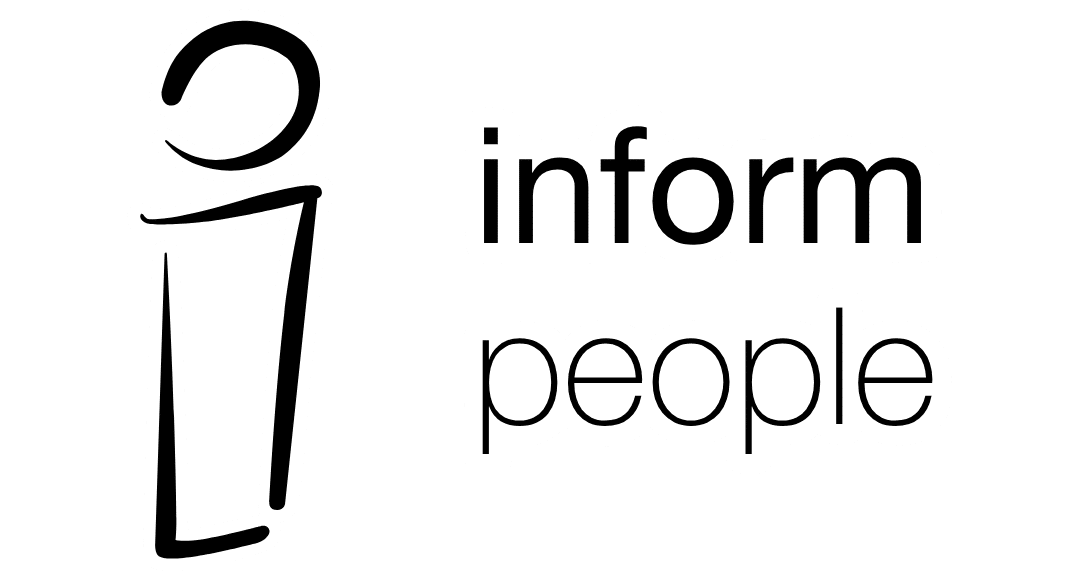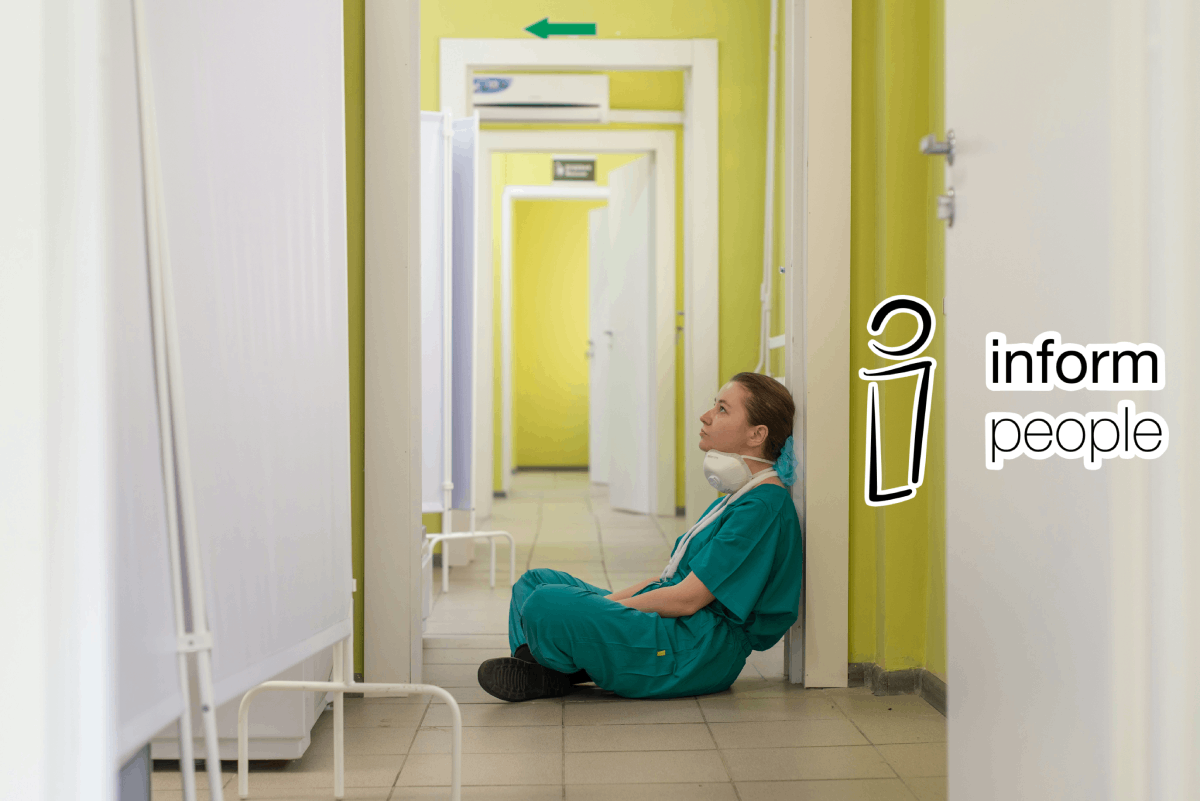In response to ongoing challenges in the UK healthcare system, Wes Streeting has announced plans to introduce league tables to highlight and address the performance of underperforming hospitals.
Source: BBC News
A major step in this initiative will be developing a reliable, clear, and practical way to measure and compare hospital performance accurately.
Already working with multiple clinical disciplines across multiple regions, THRIVE by Inform People stands out as an ideal solution to understand the real capacity of the NHS. Designed to assess, standardise, and benchmark critical healthcare data, THRIVE is positioned to enable quick and meaningful insights that can directly inform improvement strategies across the NHS.
Accountability is important and while league tables themselves aren’t the entire answer, gaining a greater knowledge of performance and capacity across the whole of the UK cannot be denied as a source of insight for improvement.
A league table needs to take lots of things into account – there is a need for either a league table per metric and/or clear weighting of performance across multiple metrics.
Would a hospital with low patient wait times but high debt be considered more effective than a hospital with high wait times and no debt?
The government’s priorities must be clearly announced and weighted before any comparisons can be made between two independent hospitals.
The Challenge of Measuring Performance Across Hospitals
A fundamental requirement for a league table system to work effectively is the ability to compare like-for-like metrics. Hospitals in the UK vary in so many ways; patient volumes, specialisations, available resources, and geographic and demographic considerations. Within competencies and disciplines there will also be a range of approaches to standardisation already.
From previous work with Endoscopy, Inform People have been able to compile accurate lists of related procedures, cancellation reasons and late start reasons across multiple NHS Networks. No matter which unit is using THRIVE they will record their data in the same way as any other unit on THRIVE, allowing for truly comparable data on a local, regional and national basis.
From our newest work with Physiological Sciences, we have seen significantly less standardisation across a host of factors. In some situations, two neighbouring trusts existing in the same network may use entirely different terminologies, practices and timings for the same procedures. This means a patient referred by a GP could have a completely different experience by going to one hospital over another.
To improve overall patient experience and make league tables possible, standardisation of data collection is imperative.
This also provides an opportunity to agree an expected time for certain standard procedures to be completed within, thus creating nationally agreed targets and increasing the ability to compare Nationwide performance and capacity.
THRIVE and the team at Inform People are dedicated to improving this: standardising data capture and reporting processes across diverse settings and allowing the NHS to compare equivalent metrics meaningfully. By implementing THRIVE, the NHS can use its real-time data analytics and centralised reporting tools to track activity, capacity, and performance across the board.
Building a Foundation for Standardisation
The best time for building the foundations for a list of standardised targets would have been decades ago, the next best time is now. Facilitated by THRIVE, we envision a uniform way for every hospital in the UK to be able to record procedure types, times, turnarounds and training lists amongst other metrics. With this data on a digital platform with dedicated reporting it becomes possible to compare data accurately and start identifying opportunities for improvement.
This would be one aspect of the big picture of comparison across the UK – giving true data of live procedural activity. As a secondary care targeted tool, THRIVE can provide specific data to contribute to league tables – there should be multiple sources of data for these comparisons to suit alternate key targets such as waiting times or debt.
All data sources should be robust and set up to compare fairly with standardised metrics.
Genuine Desire to Understand Capacity and Performance
Once like-for-like comparisons and standardisation are established, the NHS can pivot towards improvement strategies. Another aspect of using THRIVE is the identification of best practice, shared between regions in a non-judgemental way to reduce siloing of approaches so all units and trusts can work together to help each other improve.
An example seen already, through live recording of procedure start and end times, allows management to see where units have started a planned list late and intervention is required to get the session back on track before the knock on effects become an issue. Especially when managers may be working across multiple sites, live reporting allows them to view current progress and reduces delays which can directly and positively impact the rest of the day.
More Than Just Rankings
For NHS hospitals, league tables will be more than just rankings; they could be the facilitator for positive change. Achieving the benefits that these league tables promise depends on accurate data, standardisation, and actionable insights – all strengths of THRIVE. Implementing THRIVE in the NHS would enable hospital managers and NHS leadership to track performance in real time, develop a consistent set of benchmarks, and improve hospital performance based on reliable, comparable data.
By embracing THRIVE, the NHS not only gains a quick solution to procedural measurement challenges but also establishes a foundation for sustained, data-driven improvement. Combined with a variety of other data sources, of course, this approach ensures that any effort to compare hospital performance serves the ultimate goal of enhancing patient care, streamlining operations, and improving the quality of healthcare across the UK to have a positive, rather than punitive, result.




